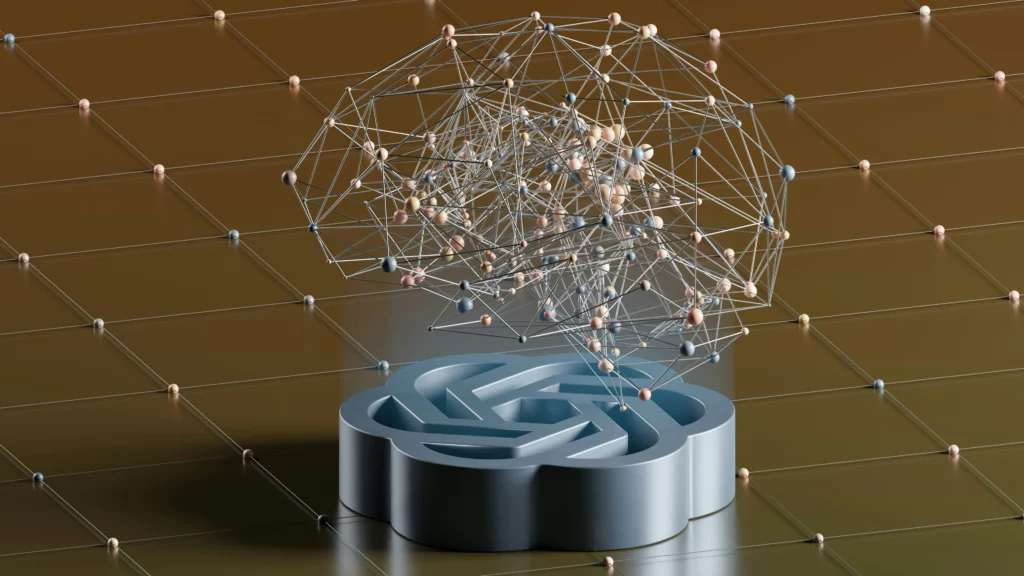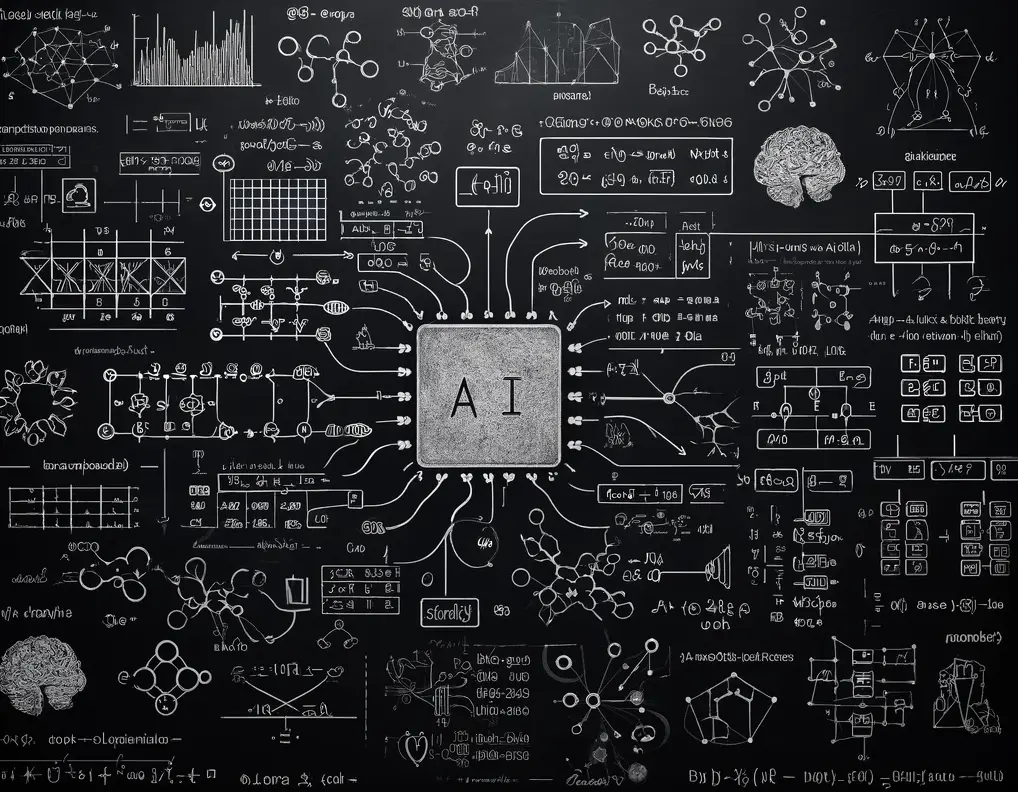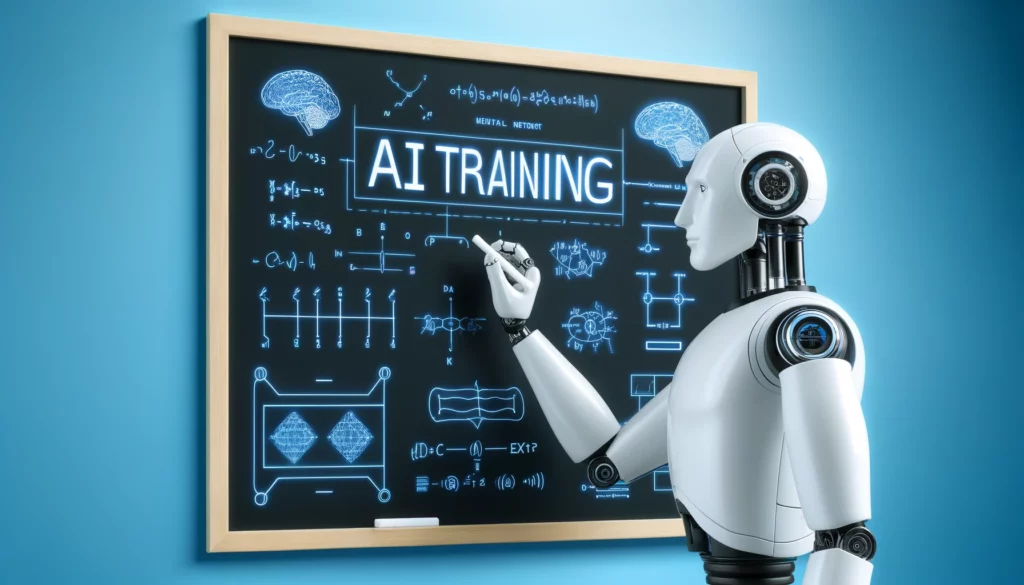AI Models and Workflow Automation: A Perfect Match
Table of Content
The combination of workflow automation and AI models is a shining example of efficiency and advancement in the rapidly changing commercial world. They are the foundation upon which intelligent automation is constructed, and they are at the heart of this groundbreaking collaboration.
This article simplifies your knowledge of the complicated connection between workflow automation and AI models, demonstrating how these two technologies may help businesses attain previously unheard-of levels of productivity and agility.
What are AI Models?

AI models are the foundation of process automation, acting as the intelligent engine that propels efficiency and productivity in modern enterprises. These are essentially a sophisticated mathematical architecture that has been rigorously trained on large datasets, allowing it to evaluate, interpret, and derive insights from complex data.
In the context of workflow automation, these models act as the brainpower underlying decision-making processes, automating repetitive tasks, improving resource allocation, and simplifying operations with incredible precision.
There is often a mix-up between models and algorithms, therefore it is important to clarify the difference before going into further detail.
Difference between AI Models and AI Algorithms
AI models and algorithms are critical components of workflow automation, with each playing a unique yet interconnected role in increasing efficiency and creativity.
AI algorithms
AI algorithms drive the analytical and decision-making capabilities of workflow automation systems. These algorithms use a wide range of methodologies, including traditional statistical methods and cutting-edge deep learning architectures. AI algorithms handle data processing, pattern recognition, and predictive analytics as part of workflow automation.
For example, natural language processing techniques allow for the automation of text-based tasks like document summarizing and sentiment analysis.

AI models
AI models, on the other hand, are the result of algorithm-facilitated learning. AI models are trained on large datasets and include the knowledge and insights required to accomplish specific activities within the workflow automation framework. These models provide the intelligence for automation, allowing systems to understand data, make predictions, and adapt to changing conditions independently.
For example, a predictive maintenance model trained on equipment sensor data might anticipate maintenance requirements, allowing for proactive scheduling and reducing downtime.
While algorithms provide the computational foundation for processing data and solving problems, models leverage this foundation to drive actionable outcomes and drive business value.
Training your own model vs Using third-party AI models
Both approaches provide significant benefits while also posing unique obstacles. Understanding the unique characteristics of each can assist organizations in making educated decisions that are consistent with their strategic objectives and resource capabilities.
Training your Own AI models
Training your own AI models offers deep customization, allowing solutions to be tailored to specific workflow automation needs, and ensuring high relevance and performance. This approach enhances data privacy and security by keeping sensitive information under control and can provide a competitive edge with unique, innovative automation solutions not available through third-party models.
However, it is resource-intensive, requiring significant investment in time, money, and expertise, and involves a lengthy process from data collection to deployment, along with ongoing maintenance and updates.

Using Third-party AI models
In contrast, businesses can quickly integrate third-party AI models into workflow automation systems, providing immediate benefits, particularly for SMEs. These models, developed and updated by AI experts, ensure high performance and reliability.
Yet, they may offer limited customization, pose data privacy concerns because of sharing with external vendors, and create dependency on vendor services, potentially affecting workflow automation strategies with any changes.

Making the Right Choice for Your Business
Large enterprises have higher adoption rates for custom-trained models because of greater resources, but still significantly leverage third-party models for faster implementation and cost efficiency.
SMEs prefer third-party models because of budget constraints and resource limitations, but a growing number are exploring custom solutions as AI tools become more accessible.
Also, the hybrid approach, where companies use a combination of custom-trained and third-party AI models, is becoming increasingly popular among both large enterprises and SMEs, combining the best of both worlds to maximize efficiency and innovation.
Let’s discuss the important considerations that businesses should keep in mind when they choose to automate their workflows.
How Can You Use AI Models to Automate Your Workflow?
- Implementing AI models for workflow automation requires several essential components. Businesses must first review their workflows to identify potential for automation, with an emphasis on repetitive and time-consuming tasks.
- Create clear objectives that outline goals, such as increased efficiency or reduced errors.
- Choosing the right AI model is critical, whether it is machine learning for predictive analytics or natural language processing for text analysis.
- Data collection and preparation are critical components of model training, ensuring accuracy and reliability. Whether designing proprietary models or integrating third-party solutions, comprehensive training and validation are essential for achieving peak performance.
- Continuous monitoring and maintenance after deployment are critical to ensuring the proper operation of AI models.
- Educating employees on how to use AI-powered workflow automation and frequently monitoring performance for optimization are critical components of the process.

By following these steps, firms can effectively integrate AI into their processes, thereby increasing efficiency, accuracy, and productivity in workflow management.
Final Verdict
To sum up, using AI models for process automation helps companies to be more efficient, accurate, and productive. AI technologies enable companies to optimize processes, eliminate manual labor, and foster innovation.
Businesses can benefit from AI-powered solutions such as copilots to supplement their operations, increasing growth and competitiveness in today’s changing landscape. One such company is Robylon AI, which assists businesses in developing AI copilots to assist with workflow automation.
With careful design, smart implementation, and ongoing improvement, these models may become priceless assets, enabling businesses to navigate problems, capture opportunities, and prosper in the digital era.







